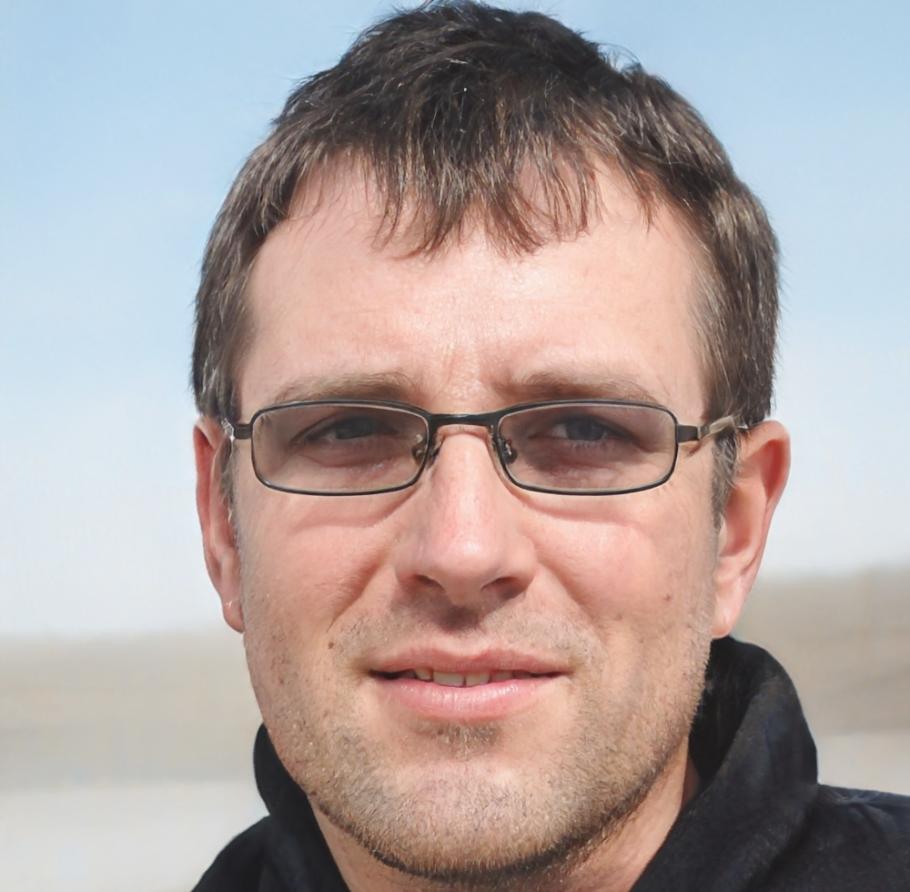Teaching Finance Through Real Experience
We started solveriqan back in 2018 because too many finance courses felt disconnected from actual work. You'd sit through lectures about theory but still feel lost when facing a real budget variance report on Monday morning.
Our approach is different. Every lesson comes from situations we've actually dealt with—forecasts that went sideways, variances that needed explaining, stakeholders who wanted answers yesterday. We teach the methods that actually work when things get messy.
Based in Toowoomba, we've built programs around practical application. Students work through scenarios that mirror what they'll encounter in their roles, building confidence through repetition and feedback rather than memorization.

How We Got Here
Building an education program takes time. And honestly, quite a few mistakes along the way. Here's what the path looked like for us.

The First Year
We ran workshops out of a shared office space. Twelve people showed up to that first session. The curriculum was rough—too much theory, not enough practice. But those early students gave us honest feedback that shaped everything after.
Finding Our Method
Pivoted to smaller cohorts with more hands-on work. We dropped half the theoretical content and replaced it with case studies from real companies. Retention jumped significantly. Students started telling us they could actually apply what they learned.

Expanding Reach
Added flexible learning formats after requests from regional students. Kept the core methodology but made it accessible to people who couldn't attend in person. Course completion rates stayed strong, which told us we were maintaining quality.
Where We Are Now
Running multiple program tracks for different experience levels. We've helped over 400 professionals improve their variance analysis skills. Still based in Toowoomba, still focused on practical application over credentials.

What Guides Our Teaching
Start With The Problem
We don't teach variance formulas first. We start with a budget that's off by 20% and ask: what happened? Students learn techniques because they need them to solve the problem, not because they're on slide seventeen.
Make Mistakes Early
Our exercises are designed so students will get things wrong initially. That's intentional. You learn more from fixing a flawed analysis than from following perfect steps. We create space for those mistakes during learning, not on the job.
Build Progressive Complexity
Week one covers straightforward variances with clear causes. By week ten, you're dealing with multi-departmental budgets where three factors interact. The progression matches what you'd experience moving up in a finance role.
Support Different Speeds
Some people grasp variance analysis quickly. Others need more time with the fundamentals. Our structure allows both to progress without holding anyone back or leaving anyone behind. It's not a race—it's about actual understanding.
Who You'll Work With
Small team. Everyone teaches. We don't have layers of admin—if you email us, you'll hear back from someone who actually runs the programs. That direct connection matters when you're learning something challenging.

Desmond Falk
Spent twelve years as a financial controller before switching to education. Desmond designs most of our case studies based on actual budget situations he dealt with. His background in manufacturing gives him plenty of material for complex variance scenarios.

Remy Castell
Manages the learning pathways and works with students who need different pacing. Remy has a background in educational design and focuses on making sure course structure actually serves learning goals rather than just administrative convenience.